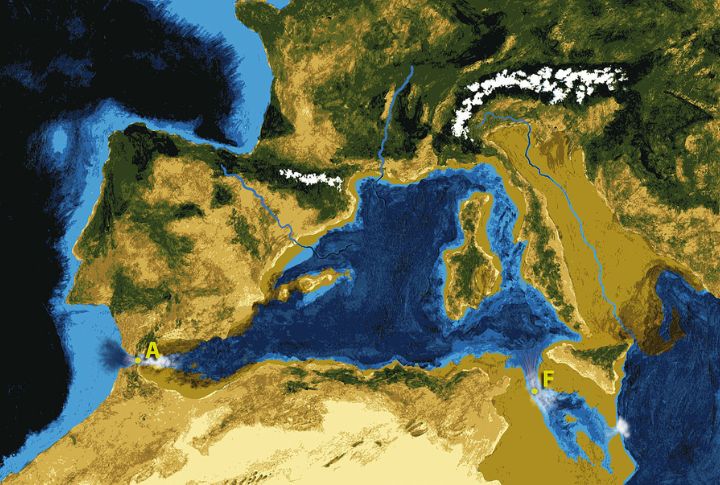
A massive flood, lasting just over a decade, completely transformed the Mediterranean. This astonishing event has baffled scientists for years. What exactly happened when the Atlantic poured into the dry basin? The Zanclean Megaflood left clues in the form of unusual landforms, and its impact stretches far beyond the waters themselves—into history, climate, and ecosystems. Swipe to uncover ten fascinating facts about the Zanclean Megaflood.
Mediterranean Refilled In Just 2 To 16 Years
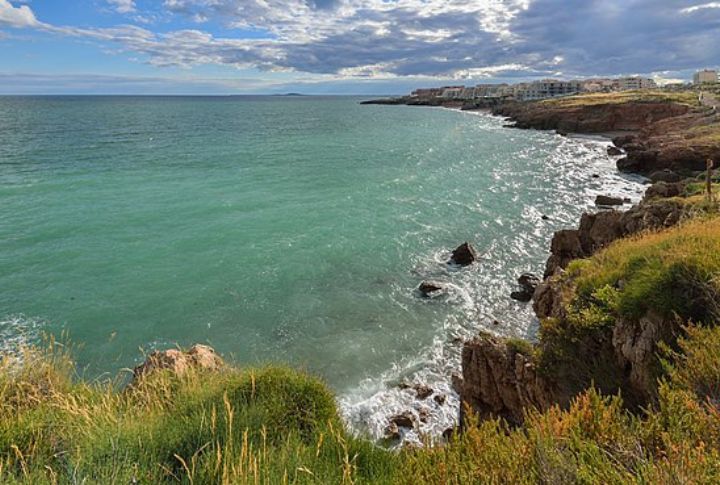
The Zanclean Megaflood wasn’t a gradual event—it occurred over a span of just 2 to 16 years. Previous theories suggested a 10,000-year refilling process, but this discovery turned that idea upside down. Geological evidence, including rapid erosion channels and sediment deposition, confirms the flood’s fast pace.
Flood Waters Rushed At 72 Miles Per Hour
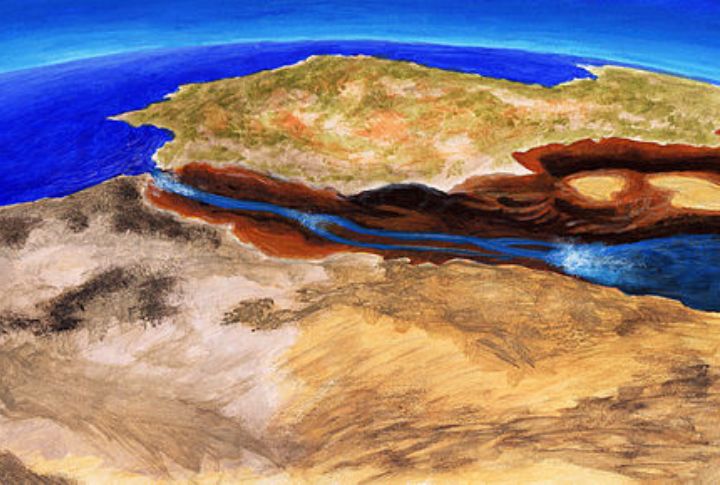
At its peak, the Zanclean Megaflood’s water speed was a staggering 72 miles per hour (32 meters per second). That’s faster than a car on the freeway! The torrent carved through the seabed with such force that it reshaped entire coastlines and left behind permanent geological evidence.
Larger Than Any Known Flood In History
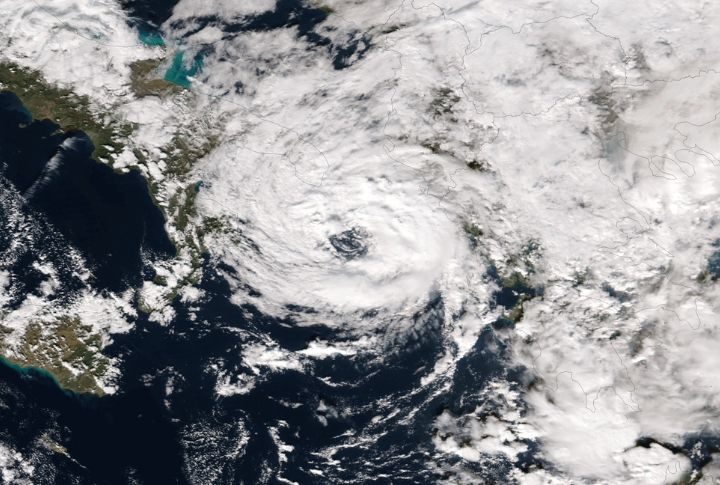
No natural or man-made flood has ever released water at such an incredible rate, reaching up to 100 million cubic meters per second. This immense flow was enough to reshape the Mediterranean’s seafloor and reconfigure the region’s underwater channels.
Carved Deep Geological Features
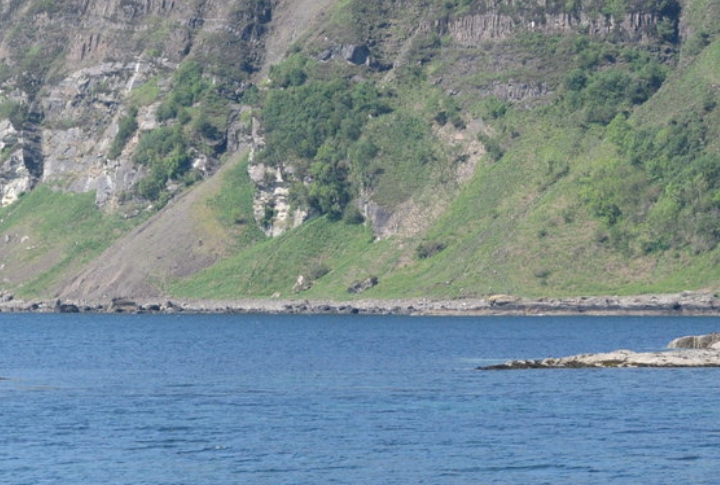
Ever wondered how some features look like they’ve been reshaped overnight? The Zanclean Megaflood left behind asymmetric ridges and deep channels carved into the marine bed. These features were formed by the forceful surge of water that rapidly eroded and sculpted the seabed over a few years.
Changed A Salt Desert Into A Sea
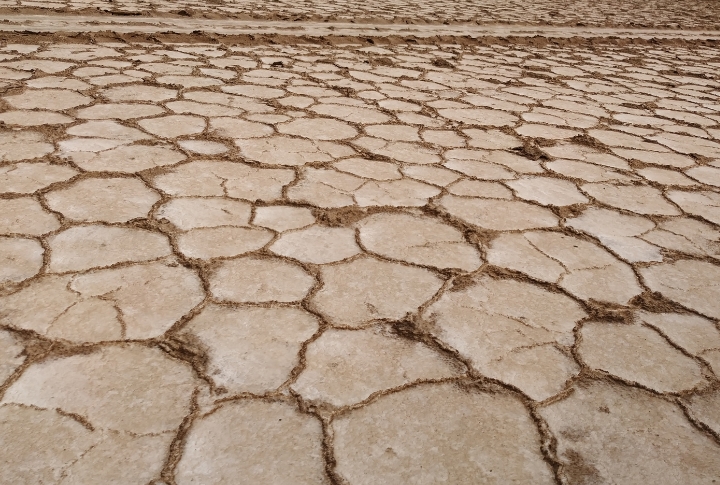
Before the flood, the Mediterranean was a dry, salty wasteland, evaporated by the Messinian Salinity Crisis. The flood brought it back to life in a matter of years and changed it from a barren salt flat into the thriving, biodiversity-rich sea we know today.
Flood Came From The Atlantic Ocean

Just picture the Atlantic Ocean suddenly pouring into the Mediterranean at unprecedented rates. A breach in the Gibraltar Strait unleashed a massive surge of water and refilled the basin. The immense flow carved new underwater channels and almost overnight reshaped the Mediterranean’s geography.
The Mediterranean Was Isolated For 200,000 Years
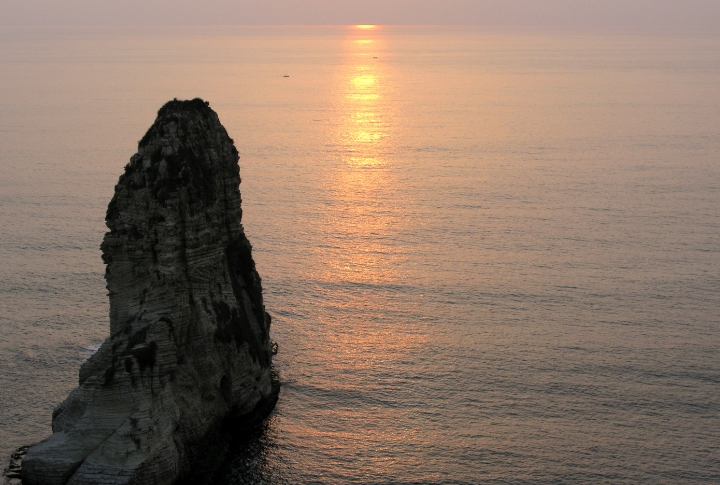
Before the flood, the Mediterranean had been cut off from the Atlantic for more than 200,000 years. This isolation caused the sea to dry up, leaving behind thick salt deposits. When the flood arrived, it was like nature pressing “reset” on a millennia-long drought.
Evidence Hidden Beneath The Sea
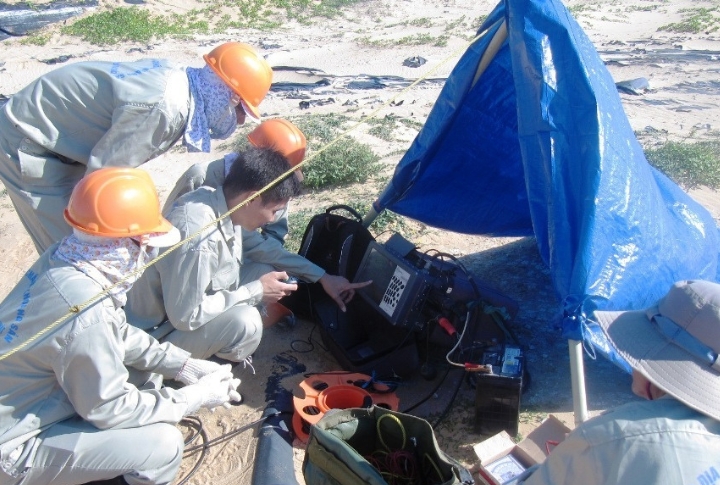
Much of the flood’s evidence was hidden deep under the Mediterranean’s waters. Scientists used technology, like seismic reflection, to “see” through the sea bottom and uncover hidden channels, ridges, and sedimentary layers. Such discoveries revealed the flood’s immense scale and provided insights into the region’s ancient past.
Scientists Discovered The Megaflood Through Submarine Canyons

Researchers identified the scale of the Zanclean Megaflood by studying deep underwater canyons, like the Noto Canyon, that were formed by the floodwaters. These canyons act as natural records of the flood’s path and provide key evidence about the flow’s power.
The Megaflood Contributed To Global Climate Shifts
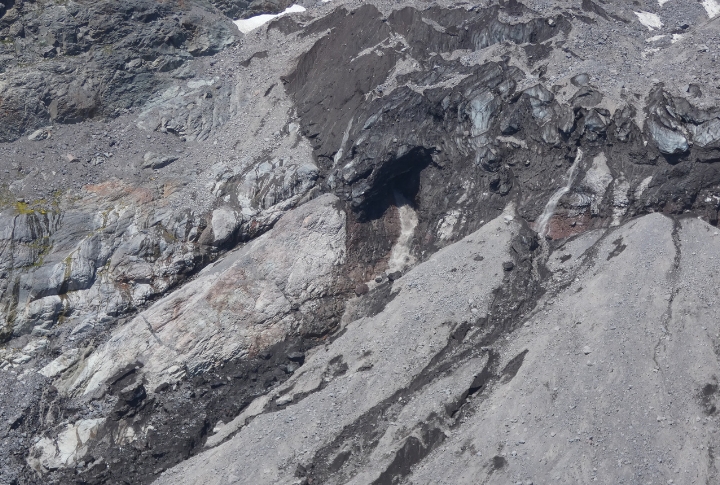
The rapid refilling of the Mediterranean had significant impacts on global climate patterns. The influx of freshwater into the Atlantic likely disrupted ocean currents, which could have triggered shifts in weather patterns and potentially influenced the global climate during the early Pliocene.
